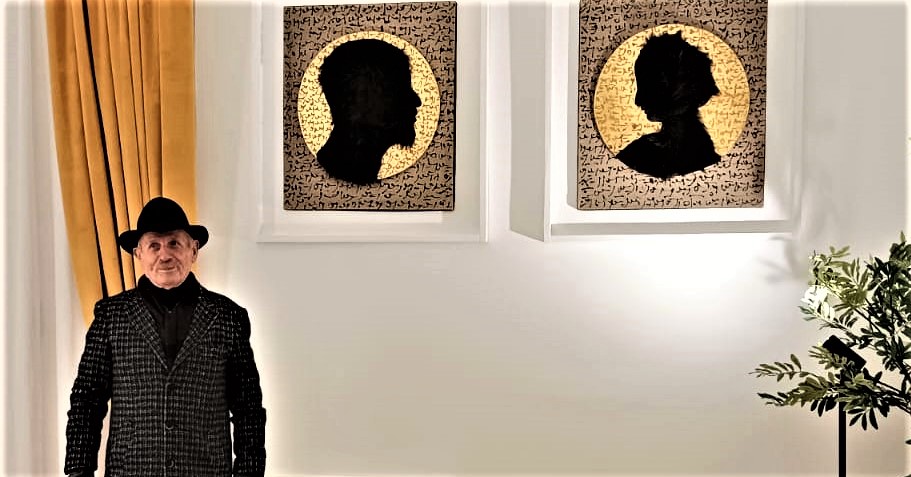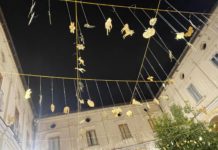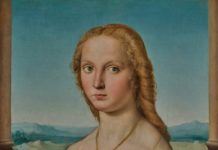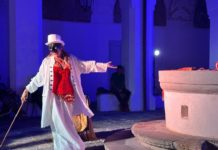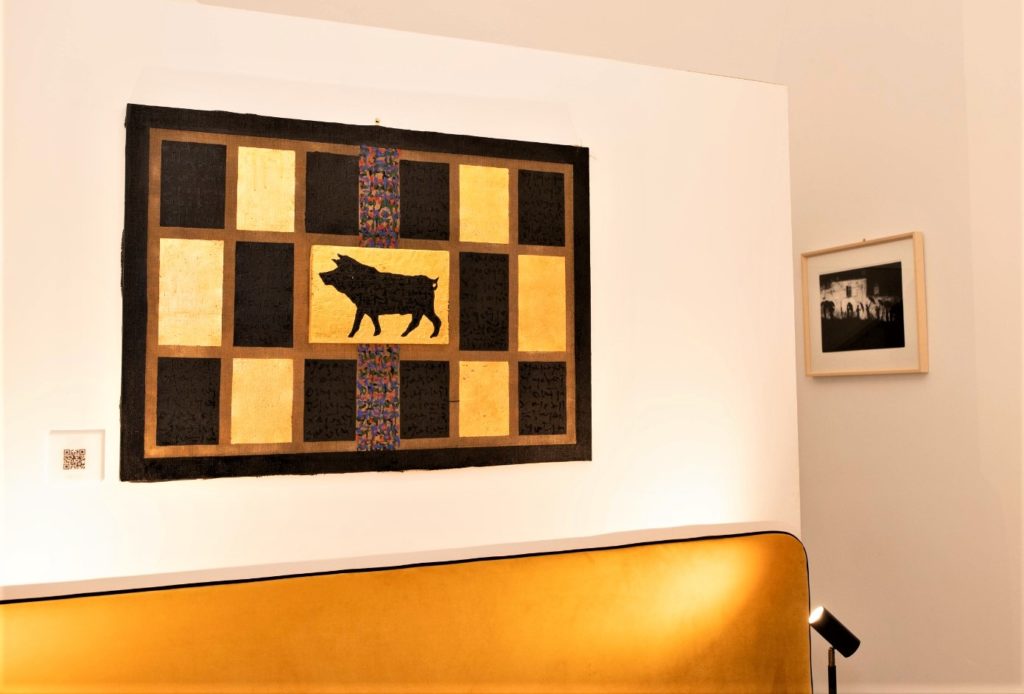
«Questa volta si tratta semplicemente della mia camera da letto; in questo caso deve farla soltanto il colore, e poiché con il suo effetto semplificante conferisce maggiore stile alle cose esso dovrà, nell’insieme, suggerire la calma del sonno».
Lo scriveva Vincent Van Gogh al fratello Theo. Dopo aver dipinto la sua stanza di Arles nell’ottobre 1888. Una camera da letto diventata capolavoro grazie all’ essenzialità illuminata dalla luce di una tavolozza brillante.
L’arte in una camera. La ritroviamo oggi nel progetto di Métis con Giuseppe Leone. all’inizio del terzo millennio nella città infinita nei suoi contrasti, Napoli, capace di mescolare luce e ombra e di ispirare artisti come Caravaggio e Artemisia Gentileschi con la passione dei suoi paradossi.
Giuseppe Leone, già Maestro dell’Accademia di Belle arti di Napoli, che non ha mai lasciato il suo studio di Buonalbergo, in provincia di Benevento, da anni punto di riferimento di artisti affermati e giovani talenti, ha lanciato con Métis, luogo d’eccellenza partenopeo per hospitality, food & beverage nel cuore di Chiaia in via Cappella Vecchia, il progetto “Camere d’arte”.
Inaugurato la settimana scorsa con un pubblico entusiasta tra bollicine e appetizer, Leone ha proposto la prima delle mostre concepite per rendere un hotel raffinato culla della creatività. Partendo da sé, dalle proprie opere in dialogo visivo e ideale con le immagini di Pasquale Palmieri.
«Ogni viaggiatore – osserva la storica dell’arte e curatrice Azzurra Immediato nel testo che introduce l’esposizione- ripone nella camera d’hotel prescelta alcuni elementi fondanti il proprio peregrinare; inaspettatamente, invero, il luogo ove si sceglie di sostare riveste, nell’ideale cartografia del proprio viaggiare, un ruolo attoriale non di second’ordine. Ed è per questo che una stanza d’albergo, soggetto della sosta, deve coincidere con una sorta di rifugio di riflessione, nel quale il riposo, ma non solo, assume la valenza di delineare nuove rotte nell’itinerario personale».
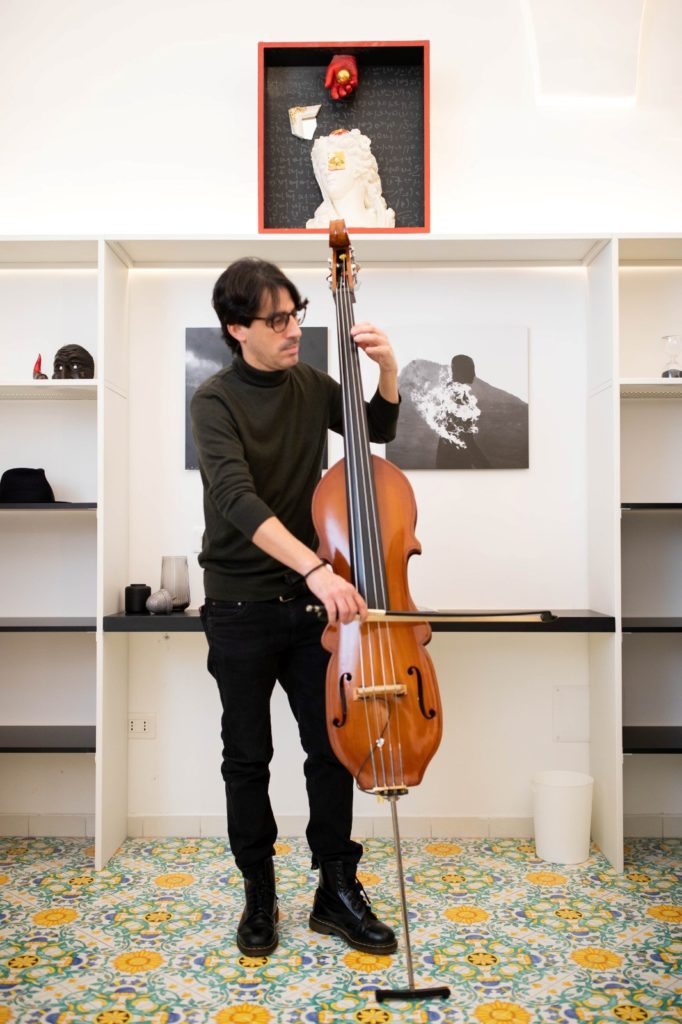
E percorrendo queste rotte intime, troviamo il modo di confrontarci nella prima camera, con il mito reinterpretato nella spirale di un problematico presente tra Apollo ferito, vittima dell’amore, l’enigmatica Circe, e Venere in un rimando di specchi.
Entrando nella camera 2 incontriamo l’identità partenopea che emerge nella scarabattola, un contenitore custodisce di oggetti (in terracotta) segreti e preziosi, simboli del culto delle anime pezzentelle, anonime e vagabonde, in cerca di qualcuno su questa terra che si prenda cura di loro.
E poi ci sono Narciso, immobile, uguale a sé stesso, lo scacco al maiale (disegnato su tavola) tra sacro e profano e ancora Venere che emerge dalla scrittura afona dell’artista: su di lei scende la mano divina che le dona la luce.
Alle opere di Leone si affiancano le immagini di Palmieri, fotografo/architetto beneventano che ha realizzato, tra l’altro, le foto di scena del film Quijote (2006), di Mimmo Paladino, con Lucio Dalla e Peppe Servillo, per le quali vince il primo premio per la sezione sequenza in bianco e nero al concorso nazionale per la fotografia di Scena di Cesena. E don Chischiotte s’intitola una delle foto esposte in questo viaggio onirico nella realtà.
Al progetto partecipa la galleria Bowinkel, cognome che evoca un lunga tradizione di attività artistica e culturale, tra stampe, gouaches, acquerelli, disegni. Sulle tracce di emozioni da regalare, in un mondo dove dilagano egoismo e sofferenza.
©Riproduzione riservata
In pagina, uno scorcio dell’itinerario artistico ideato da Giuseppe Leone (nella foto in copertina), tra le camere dell’hotel Métis
Relais Métis/ Beauty in a room: the works of Giuseppe Leone dialogue with the reality photographed by Pasquale Palmieri. Between myth and Neapolitan identity
“This time it is simply about my bedroom; in this case only the color has to do it, and since with its simplifying effect it gives more style to things it will have to, as a whole, suggest the calmness of sleep.”
Vincent Van Gogh wrote this to his brother Theo. After painting his room in Arles in October 1888. A bedroom that became a masterpiece thanks to ‘essentiality illuminated by the light of a brilliant palette.
Art in a room. We find it again today in the Métis project with Giuseppe Leone. at the beginning of the third millennium in the city infinite in its contrasts, Naples, capable of mixing light and shadow and inspiring artists like Caravaggio and Artemisia Gentileschi with the passion of its paradoxes.
Giuseppe Leone, former Master of the Academy of Fine Arts in Naples, who has never left his studio in Buonalbergo, in the province of Benevento, a referring point. has launched with Métis, a Neapolitan place of excellence for hospitality, food & beverage in the heart of Chiaia on Via Cappella Vecchia, the project “Art Rooms”.
Giuseppe Leone, former Master of the Academy of Fine Arts in Naples, who has never left his studio in Buonalbergo, in the province of Benevento, for years a reference point for accomplished artists and young talents, has launched with Métis, a Neapolitan place of excellence for hospitality, food & beverage in the heart of Chiaia on Via Cappella Vecchia, the project “Art Rooms”.
“Every traveler,” observes art historian and curator Azzurra Immediato in the text introducing the exhibition, “places some of the founding elements of his or her wanderings in the chosen hotel room; unexpectedly, indeed, the place where one chooses to stop holds, in the ideal cartography of one’s travels, an actoral role that is not of second order. And this is why a hotel room, the subject of the stopover, must coincide with a kind of refuge of reflection, in which rest, but not only, takes on the value of delineating new routes in the personal itinerary.”
And traveling along these intimate routes, we find a way to confront ourselves in the first room, with the myth reinterpreted in the spiral of a problematic present between wounded Apollo, a victim of love, the enigmatic Circe, and Venus in a reference of mirrors.
Entering Room 2, we encounter the Neapolitan identity that emerges in the scarabattola, a container holds of (terracotta) secret and precious objects, symbols of the cult of pezzentelle souls, anonymous and wandering, looking for someone on this earth to take care of them.
And then there is Narcissus, motionless, equal to himself, the checkmate of the pig (drawn on board) between the sacred and the profane, and again Venus emerging from the artist’s aphonic writing: on her descends the divine hand that gives her light.
Leone’s works are accompanied by images by Palmieri, a photographer/architect from Benevento who took, among other things, the set photos for the film Quijote (2006), by Mimmo Paladino, starring Lucio Dalla and Peppe Servillo, for which he won first prize for the black-and-white sequence section at the national competition for Scene Photography in Cesena. And Don Chischiotte is titled one of the photos exhibited in this dreamlike journey into reality.
The Bowinkel Gallery, a surname that evokes a long tradition of artistic and cultural activity, including prints, gouaches, watercolors, and drawings, is involved in the project. On the trail of emotions to give as gifts, in a world where selfishness and suffering are rampant.


